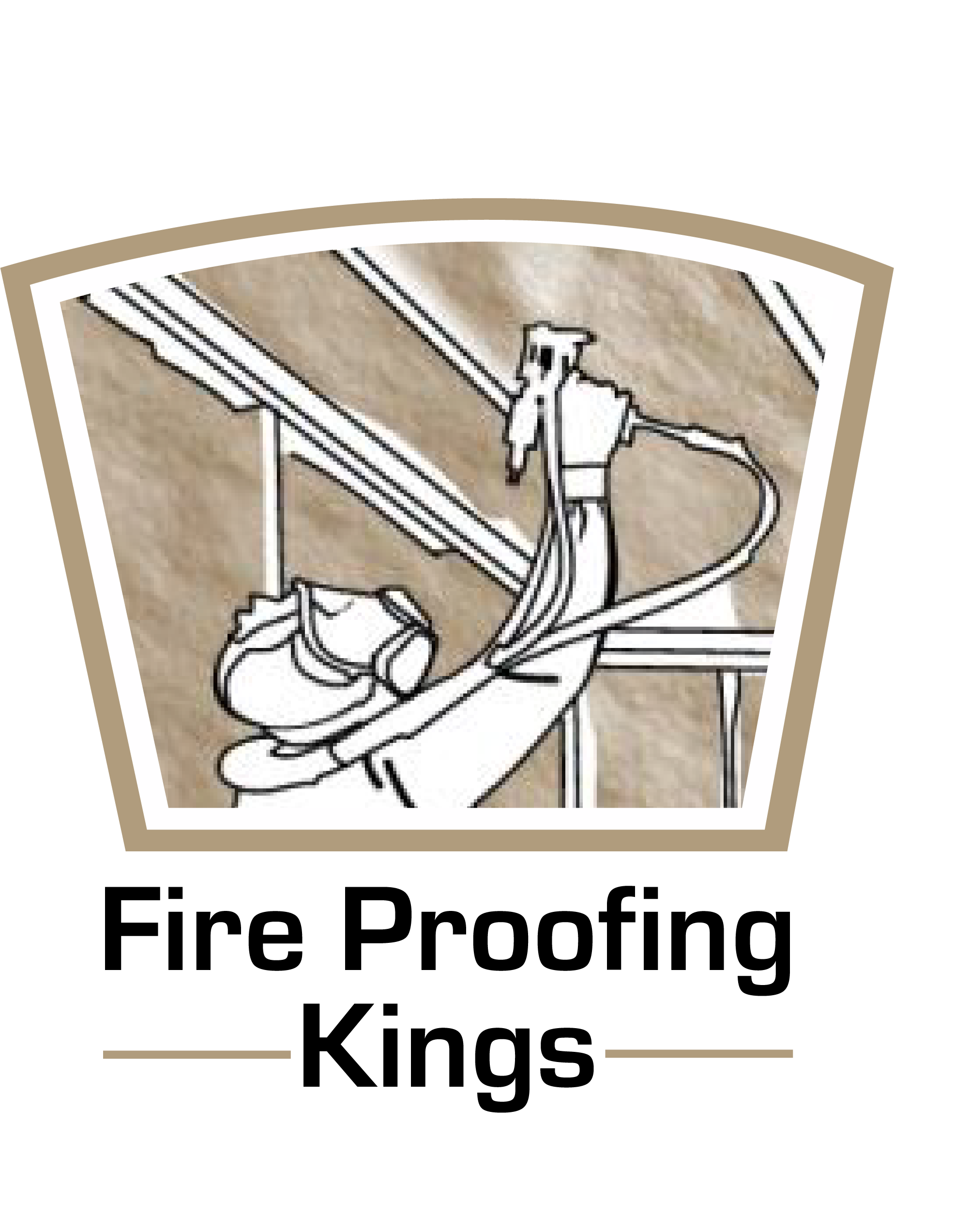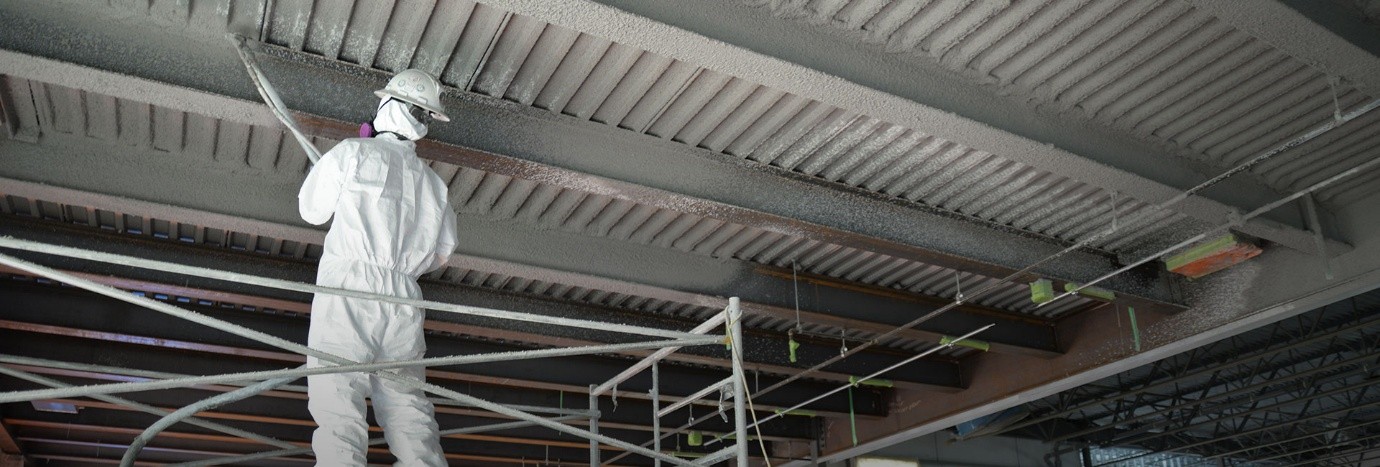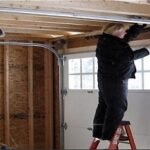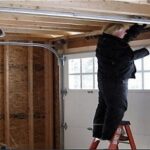Should You Remove Old Crawl Space Insulation Before Installing New Material?
Upgrading your home’s insulation can improve comfort and lower energy costs. But if there’s old insulation in your crawl space, should you remove it before adding new material? Many homeowners ask this question when planning a crawl space insulation installation in Toronto. The answer depends on several factors, including the condition of the existing insulation, moisture levels, and potential pest damage.
Signs Your Old Crawl Space Insulation Needs to Go
Not all insulation needs replacing. Some materials hold up well over time. Others break down, trapping moisture and attracting pests. Here’s how to tell if the old insulation has to come out:
1. Water Damage or Mold Growth
Crawl spaces are prone to moisture problems. If insulation feels damp or has visible mold, it’s no longer doing its job. Mold spreads fast and can lead to serious air quality issues. Wet insulation also loses its ability to trap heat, making it useless.
2. Rodents and Insect Infestations
Mice, rats, and insects love hiding in crawl spaces. If you see droppings, nests, or chewed insulation, removal is the best option. Even if the material looks intact, it could be contaminated with bacteria or allergens.
3. Insulation Is Falling Apart
Fiberglass batts and other types of insulation wear out over time. If the material is crumbling, sagging, or has large gaps, it’s not providing much insulation. Old, compacted material won’t help keep your home warm in winter or cool in summer.
4. Energy Bills Are Rising
Poor insulation lets heat escape in winter and enter in summer. If your heating and cooling costs keep climbing, the old insulation might not be working. Replacing it with a more effective material can lower energy waste.
5. Bad Smells or Stale Air
Musty odors coming from your crawl space often mean mold or decaying insulation. Trapped moisture can create unpleasant smells that spread through your home. If the air feels stale, the insulation might be holding onto moisture or other contaminants.
When Can You Leave the Old Insulation?
Not every situation requires complete removal. If the existing insulation is in good shape, dry, and free of pests, you might be able to add new material on top. However, this only works if the layers won’t trap moisture between them. A professional can assess the condition and recommend the best approach.
The Risks of Leaving Old Insulation in Place
Keeping old insulation might seem like a way to save time and money. But in many cases, it causes more problems than it solves. Here’s why:
1. Moisture Can Get Trapped
Stacking new insulation on top of old, damp material locks in moisture. Over time, this can lead to mold, rot, and structural damage. Removing the old insulation first ensures the crawl space stays dry.
2. Air Leaks Might Go Unnoticed
If old insulation has gaps or isn’t sealed properly, adding new material won’t fix the problem. Leaks allow cold air to enter and warm air to escape, reducing the efficiency of new insulation.
3. Hidden Mold Can Spread
Even if mold isn’t visible, spores might be present. Covering them up doesn’t stop the problem. Mold can grow behind the insulation and spread to other parts of your home.
4. Pests May Still Be a Problem
If rodents or insects have been nesting in the crawl space, they might still be there. Removing old insulation allows for a proper inspection and cleaning before new material goes in.
Choosing the Right New Insulation
Once the old insulation is out, you’ll need to pick the right replacement. Below are some of the best options:
- Spray Foam – Seals air leaks and provides moisture resistance. Great for sealing hard-to-reach areas.
- Rigid Foam Boards – Long-lasting and moisture-resistant. Ideal for crawl space walls.
- Fiberglass Batts – Affordable and easy to install but can absorb moisture if not sealed properly.
- Cellulose Insulation – Eco-friendly and resistant to pests, though it may need vapor barriers in damp areas.
The best choice depends on your climate, budget, and moisture control needs. A professional installer can recommend the right option.
How to Keep Crawl Space Insulation in Good Shape
After new insulation is installed, it’s important to keep the crawl space in good condition. Here are some tips:
- Check for Leaks and Moisture Regularly – Small leaks can turn into big problems if left alone.
- Keep Vents Unblocked – Proper airflow prevents condensation buildup.
- Look for Signs of Pests – Catching infestations early can prevent damage.
- Consider a Dehumidifier – Helps control moisture in damp climates.
- Schedule Inspections – A professional can spot problems before they get worse.
Conclusion
If you’re planning a crawl space insulation installation in Toronto, removing old material is often the best first step. Damaged, moldy, or outdated insulation can cause energy loss, moisture problems, and poor air quality. Clearing it out ensures the new insulation works as it should. Professionals can handle the job safely and recommend the best replacement material. Investing in the right insulation can save you money on heating and cooling while keeping your home healthier and more comfortable.



